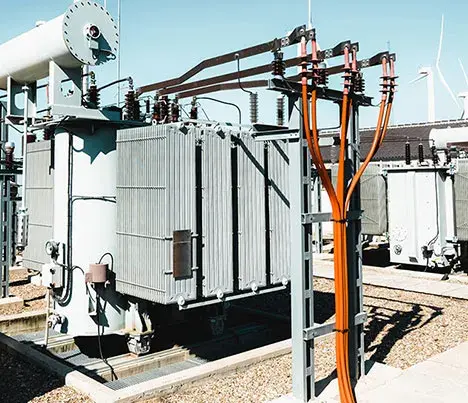
Does The Wire Used For Transformer Coils Have Insulation?
Yes, the wire used for transformer coils does indeed have an insulation layer. According to the search results, the wire used in transformer coils is typically enameled wire, which has an insulating material applied to the copper or aluminum conductor to provide electrical insulation. These insulating materials can be various types of resins, such as polyester and polyurethane, which have high dielectric strength and good thermal resistance properties. The insulation layer not only ensures that the current flows correctly through each turn of the coil, preventing short circuits, but also protects the coils from environmental factors such as moisture and chemical corrosion.
Key Features of Transformer Wire Insulation:
Material: The insulation is usually made of enamel (a polymer resin like polyurethane or polyester).
Thickness: The coating is extremely thin to maximize the number of windings that can fit in the transformer’s core.
Heat Resistance: It is designed to withstand high temperatures, often ranging from 105°C to 220°C, depending on the transformer’s operating conditions.

Purpose:
Prevents Short Circuits: Keeps adjacent turns in the coil electrically isolated.
Ensures Efficiency: Directs the current along the designed path without leakage.
Why Enamel Insulation is Used:
It provides excellent electrical insulation while minimizing space, which is crucial for maintaining the transformer’s efficiency and reducing losses.
It enables tight winding, which increases the inductance and performance of the transformer.
The thickness of the enameled wire insulation layer and its corresponding electrical efficiency are divided into different classes. According to the common IEC 60317 standard, the thickness of the insulation layer ranges from thin to thick across different classes. Additionally, the insulating materials for transformer coils include both solid and liquid insulation. Solid insulation is used on the outer surface of the coil and can be made from materials such as paper, varnish, or enameled wire. Liquid insulation, on the other hand, is placed within the coil and can be either oil or synthetic fluid.
While it may not have the visible thick insulation of common wires, the wire in transformer coils is insulated with a durable, heat-resistant enamel coating that serves the purpose efficiently.
